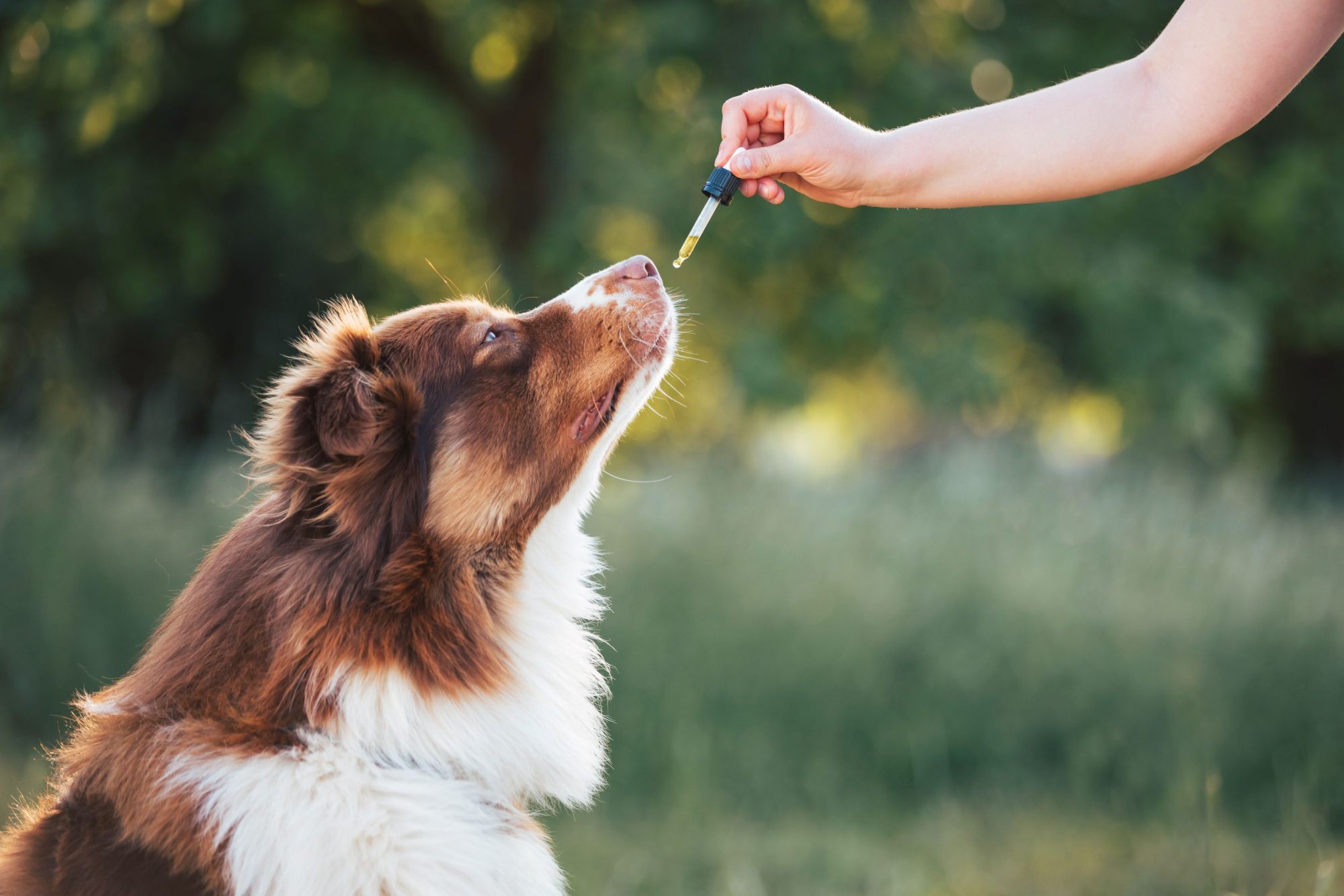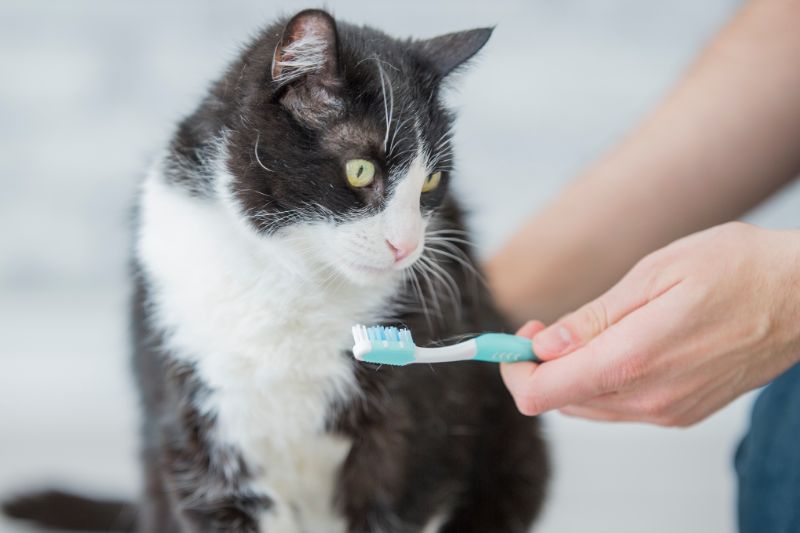Our Blog
Alternative Remedies for Anxiety in Pets

No one wants their pets to be anxious or stressed, yet anxiety in one form or another is not an uncommon diagnosis at The Bluffs Pet Clinic. While it may not seem like your pet has a whole lot to worry about, anxiety in pets can cause real problems.
Continue…Yes or No: The Pet Insurance Question

We all want to do the very best we can to provide health and happiness for our pets. They’re members of the family, after all! And we’re fortunate that in this day and age, we all have access to the very best in advanced medical care for our pets, from puppy or kitten-hood to adulthood and into their senior years. But this advanced care doesn’t come without cost. And with average annual pet care costs topping $1800, taking great care of our pets can put a significant financial strain on many families.
That’s where pet insurance comes in. Just as human health insurance is designed to offset our own health care costs, pet insurance can ease the financial burden of unexpected injury or major illness in our pets. But is it worth it? Here, The Bluffs Pet Clinic lays out the basics so that you can begin to weigh the costs and benefits for your situation.
Pet Insurance 101
Pet insurance is usually designed to help pet owners meet the costs of unplanned injury or illnesses. Some pet insurance plans also cover wellness care, such as dental cleanings, exams, and vaccinations. However, those plans are typically more expensive on a monthly basis.
Unlike human health insurance, most pet insurance companies expect you to pay for veterinary services up front and then submit bills to them for reimbursement.
Leg Work
Selecting a pet insurance company is an individual choice, and so it’s important to do some preliminary research and make a selection based on your needs. Many of our team members have purchased pet insurance for their own pet companions, so if you have questions, give us a call.
When researching, consider comparing the following points:
- Monthly premiums/ costs
- Deductible amounts
- Waiting periods
- Exclusions
- Lifetime limits
- Payout maximums per incident
- Add on costs
- Pre-existing conditions
- Age limits
After you’ve looked at these points, call your top three companies and talk to them. Customer service is key, so make sure you like the service provided and that all your questions are answered. Lastly, looking at online reviews from other consumers can be enlightening.
Peace of Mind
Perhaps the biggest benefit of pet insurance is the peace of mind it can afford you. If your pet is critically injured and needs to be hospitalized, or is diagnosed with a major illness such as cancer, pet insurance can allow you to focus on what’s most important – your pet’s care – instead of how you will pay for treatment.
If you have other specific questions about pet insurance, please don’t hesitate to contact us.
Protecting Your Pal From Common Tick Diseases in Pets

What’s small, has eight legs, and feeds off the blood of humans and animals?
You got it, ticks. These tiny parasites are not only gross, but they can also spread disease to both people and pets. Thanks to an increase in the geographical distribution of ticks throughout the country, tick diseases in pets are being diagnosed with greater frequency in recent years.
Tick-borne illnesses in pets can cause big problems, and may even be life-threatening in some cases, making knowledge of these illnesses an important part of responsible pet ownership.
Lyme Disease
Lyme disease is the most well-known of the tick diseases in pets, and is transmitted by the Brown Deer Tick. The tick must be attached to the host for more than 4-8 hours in order to pass along the Lyme disease bacteria, and symptoms (if any) tend to pop up about 2-5 months after the tick bite.
Signs your pet may have Lyme disease include fever, joint pain/swelling, limping, lameness, swollen lymph nodes, and lethargy. Lyme disease is notoriously difficult to detect, and can cause recurring health problems. Your veterinarian can help you to determine if your pet is a good candidate for the Lyme disease vaccine.
Other Tick Diseases in Pets
- Rocky Mountain spotted fever – Unlike its name, Rocky Mountain spotted fever is not limited to the western United States. The disease, which is carried by the American Dog Tick, Rocky Mountain Wood Tick, and Brown Deer Tick, has been found throughout North, South, and Central America. Symptoms include fever, swollen lymph nodes, joint pain, and loss of appetite.
- Ehrlichiosis – The Brown Dog Tick is the most common carrier of ehrlichiosis, which can cause fever, respiratory distress, swollen lymph nodes, weight loss, and bleeding disorders.
- Babesiosis – The signs of babesiosis infection include fever, dark urine, weakness, depression, swollen lymph nodes, and sudden collapse.
- Anaplasmosis – Fever, joint pain, lethargy, and loss of appetite may accompany an anaplasmosis infection.
Year-Round Protection
It can be tempting to skip your pet’s monthly parasite preventive during the colder months, but any lapse in protection puts your pet at risk. Ticks can be brought into Minnesota at any time of the year via tourism, and a few unseasonably warm days may be all that’s needed to bring hibernating tick nymphs out of hiding. It’s also important to note that Lyme disease-carrying ticks remain active as long as the temperature is above freezing.
In addition to a monthly parasite prevention protocol, be sure to check your pet for ticks each time they come in from outside. If you find a tick, remove it by grasping the head with a pair of tweezers and pulling straight out, being careful not to squeeze. Drown the tick in rubbing alcohol or flush it down the toilet to dispose of it.
If you have further questions about tick diseases in pets, or need to make an appointment for your furry friend, don’t hesitate to contact your partners in pet care at The Bluffs Pet Clinic.
Thanks to an increase in the geographical distribution of ticks throughout the country, tick diseases in pets are being diagnosed with greater frequency in recent years.
The Many Explanations Of Food Aggression in Cats

Cats can definitely adapt well to their home environments, and see few reasons to rock the boat. Fairly agreeable when it comes to their daily needs, cats can enjoy meal times, litter box visits, grooming, and play-ambushing without incident. That doesn’t mean that all cats have it easy, though. Certain behaviors, like food aggression in cats, have the potential to alienate others and make a peaceful cohabitation next to impossible.
Continue…The Right Stuff: Pet Home Dental Care

We brush our teeth twice a day, and the results of those efforts are definitely noticeable. Most of us wouldn’t dream of going an entire day (not to mention weeks, months, or years) without brushing, and we also benefit from regular cleanings, x-rays, and exams.
The same could be said for the benefits of dental care for our pets. And although applying these same principals to your pet could seem challenging at first, the health benefits to them are nothing short of astounding.
With that in mind, The Bluffs Pet Clinic takes a deeper look into why pet home dental care is so important.
Continue…The Safe Side: How to Prevent Antifreeze Poisoning in Pets

Each season brings an array of unique hazards. Winter increases a pet’s risk of hypothermia, aching, arthritic joints, and frozen paw pads. Unfortunately, antifreeze is also highly toxic to pets. What’s worse, the smell and taste of antifreeze doesn’t warn them that it’s unsafe. Antifreeze poisoning in pets is a very real threat this time of year, and prevention is key.
Continue…The Right Winter Gear for Pets Makes All the Difference

Between sweaters, vests, booties, and parkas, there’s simply no shortage of excellent winter gear for pet options out there. Now, your pet may have a different opinion on the subject, but once they feel the warmth and comfort, they’ll want to wear it all season long.
Aren’t They Born For It?
Continue…How to Help a Dog With Arthritis

The body is pretty amazing, and it is incredible what it can do. Despite all of its abilities, though, it is not infallible. Time, general wear and tear, and injury can definitely affect performance. Osteoarthritis is a common diagnosis in our patients at The Bluffs Pet Clinic. It is also a diagnosis that, while not curable, has a wide variety of treatment options available. Treating arthritis in dogs does not have a one-size-fits-all prescription, but in most situations, our veterinarians can find some combination of treatment options to help all of our patients live happy and functional lives.
Continue…Pet Wellness Plans for Every Pet, Every Budget

A common barrier to routine veterinary care is financial. Added to this is the assumption that if a pet looks and behaves normally, they’re healthy. But in order for a pet to truly thrive and meet their healthiest potential, prevention is the key to success. Warding off contagious and/or preventable diseases, reducing the impact of external and internal parasites, and maintaining optimal weight are all part of our pet wellness plans. Designed to help owners achieve maximum pet wellness, these plans also promote fiscal responsibility. Win-win!
Continue…Allergy Testing for Dogs Saves More than Time and Money

There’s nothing worse than being itchy, except perhaps being itchy and not knowing what’s causing dermatological distress. Atopic dermatitis, typically caused by inhaling certain allergens like dust, pollen, or mold, can be formally diagnosed with allergy testing. A major boon for itchy pets, allergy testing for dogs can lead to the development of an effective, long-lasting treatment plan.
Continue…
